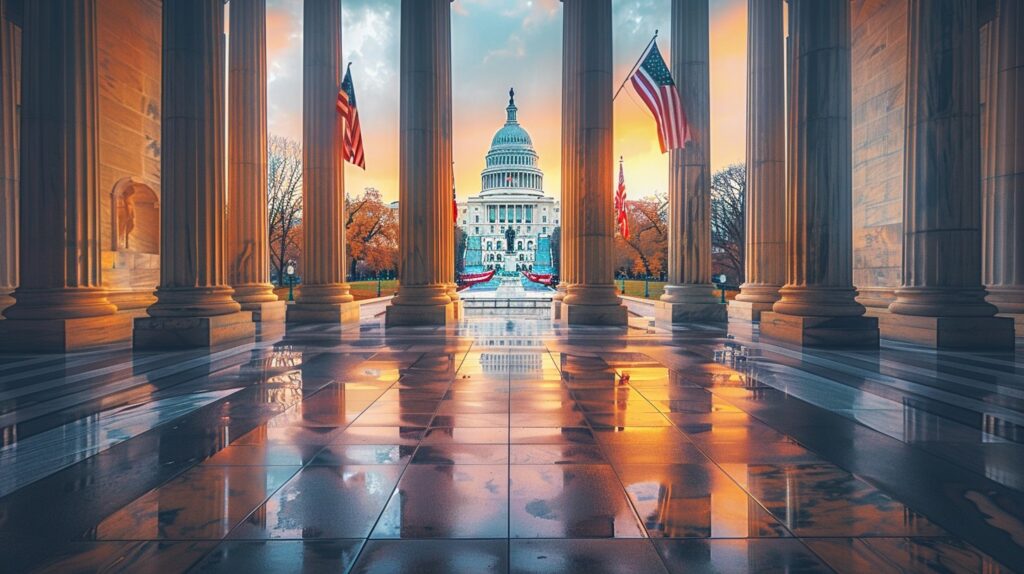Finest Hour 146
Memories of the Yalta Conference: Livadia Revisited

Winston Churchill, Parliament Square, London © Sue Lowry & Magellan PR
May 7, 2013
FINEST HOUR 146, SPRING 2010
BY DAVID DRUCKMAN
Mr. Druckman and his wife Arlyne, of Tucson and Chicago, travel the world in search of Churchill. His previous articles appeared in FH 47 (South Africa), FH 90 (Gallipoli), FH 129 (Lady Randolph’s birthplace, Brooklyn) and FH 132 (Schloss Cecilienhof, Potsdam).
==================

2025 International Churchill Conference
From Sevastopol on the Crimean Peninsula, our bus meandered the shores of the Black Sea for 100 miles, passing battlefields of the 1855 Crimean War, including the famous Balaklava. On the left were churches, stretching along the high cliffs. On the right were dachas, sanatoriums and palaces, including Vorontzov Palace, where Churchill stayed during those fateful days of the Yalta Conference with Stalin and Roosevelt on 4-11 February 1945.
The Vorontzov is a large villa built between 1828 and 1846, designed by the English architect Edward Blorean for the Prince Vorontsov, the Czar’s ambassador to Britain. The entire Crimean area had been evacuated by the Germans just eleven months earlier.[1] Churchill’s villa was twenty minutes from Livadia, not the five minutes he mentions in his war memoirs.[2] Beyond the buildings on the right of the highway is the beautiful warm, sunlit and blue Black Sea. Very unlike its appearance in 1945, today’s Yalta is a seaside resort where in summer the population jumps from 80,000 to 1,200,000.
We chugged up a twisty road to reach Livadia, 3 km. above Yalta. The Palace is smaller than I anticipated, its two floors containing only seventeen rooms, not counting the czar’s church nearby. Four rooms on the first floor were used for the conference. The rest are refurnished with belongings of the Romanov dynasty, and are of historical interest themselves.
Livadia was built in 1910 and 1911 in Italian Renaissance style as a summer palace for the Czar, but he used it only four times before World War I arrived and ended his reign. After the Bolshevik Revolution of 1917, the “White Palace” was converted to a sanatorium; but when President Nixon visited the USSR in 1974, it was restored to its former glory and opened finally to visitors. Presumably the Russians cleaned it up for the 1945 conference, although they hadn’t much time after the Germans left the year before.
The Black Sea can easily been seen across the carefully groomed gardens. If one wishes, one can climb down to the sea from the Palace. Today, only 30 meters from the building were a dozen tables with souvenirs and clothing— free enterprise has come to Ukraine. And Livadia has gone digital: there’s an internet chatroom, and excellent pictures are available on its website.[3]
Before our visit, we had made arrangements with a local guide to present an illustrated edition of Churchill’s The World Crisis to a palace executive. Soon after our arrival we were met by Prokopova Ludmila, Manager of Scientific Department of the Romanov Dynasty, and her staff. Our tour guide translated as my wife made the presentation on behalf of ourselves and The Churchill Centre. Thirty people on the tour crowded around, and the expression on Ms. Ludmila’s face conveyed her pleasure.
Indeed she was so touched that she unexpectedly opened the 300-square-foot Churchill Library for all of us. Usually restricted to researchers, it is lined with bookcases. I recognized many of the volumes, not only by WSC but by members of his family including Mary Soames, Winston Churchill and Celia Sandys.
On the right as we entered the vestibule is the largest room in the palace, the 700 square foot White Hall Meeting Room. Here the Big Three met daily around a cramped round table, three meters in diameter, now exhibited in the vestibule. Of the seventeen wooden chairs, three had leather seats and backs, supposedly for Stalin, Roosevelt and Churchill. Nearby is the Czar’s English Billiard Room, where the Yalta documents were signed.
The State Reception Room was Roosevelt’s study, and talks on the Far East were held here. A famous photo of the Big Three is also on display. Outside, near the entrance, is the Italian Courtyard, which has been pictured in several films: The Manger, Anna Karenina, The Gadfly and a film production of Othello.
We expressed our appreciation to Prokopova Ludmila and her staff for their hospitality, which was warmly reciprocated, and to our local guide who made the arrangements. They were proud to show us what they have created here, to recognize Churchill’s contributions to the allied victory. The tour group, mainly comprising older Germans and South Africans, was respectful, quiet and interested. Unlike the Yalta Conference itself, which resulted in many unfulfilled Soviet promises leading to the onset of the Cold War, this portion of our Ukrainian river cruise, along the Dneiper River and the Black Sea, was a fine success, and we were pleased to have visited the historic site firsthand.
==================
ENDN0TES
1. See Russian-Women.net and Winston S. Churchill, The Second World War, 6 vols., Vol V, Closing the Ring (Boston: Houghton Mifflin Company,1951), 246-47.
2. Winston S. Churchill, The Second World War, Vol. VI, Triumph and Tragedy (Boston: Houghton Mifflin Company, 1953), 357.
3. See the official website of the Livadia Palace.
Subscribe
WANT MORE?
Get the Churchill Bulletin delivered to your inbox once a month.



